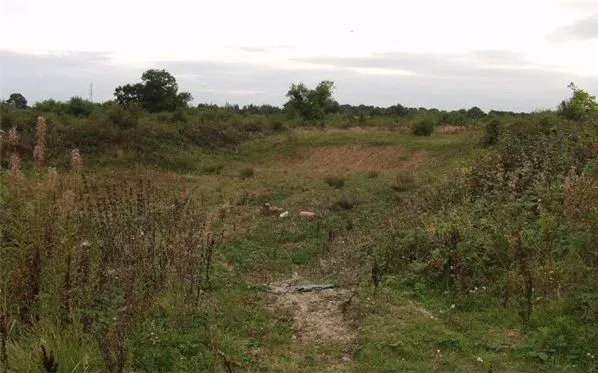Engineers who practice green project management techniques will be very much aware of the effects that their projects can have on the ecology and the environment. Good engineers will have plans to mitigate these effects even before the first spade of soil is turned over.

Rapid urbanization and industrialization since the turn of the last century have brought with them the modification and use of huge acreages of land. Such land is often subject to deforestation to make way for the structures required for industries or for urban development. This removal of forest cover adds significantly to land pollution, which leads to the deforestation of lengthy ribbons of land. The development of ports, dams, and even bridges can also lead to extensive land pollution.
Land is a vital source for the continuity of mankind. Almost no development is possible unless some element of land use or modification is involved. So in a sense, all wealth comes from land, and it is high time that as engineers we treat land as an investment that needs to be well looked after so that the future gains from it can only help the welfare of society.
Examples of Effective Land Use
The 4,000 acre Santaluz land development project near Big Sur in California preserved natural topographical elements by using earth nested architecture to put up over 1100 houses and to develop a 25-million gallon water reservoir that used existing site conditions to improve the water distribution system.
Planning for Guangzhou, on the Pearl River northeast of Hong Kong in China, ensured that the management of waste water, reclaiming it ,and effectively using stormwater to prevent floods were part of the initial construction aims. Use of the land was made in such a way that local ecosystems were maintained and the groundwater constantly replenished.
When any project or development is being planned, it can help to make very detailed surveys of areas that are to be used, including all the tree cover on it. All planning activities, including that required for buildings, roads and utilities must ensure that no unnecessary deforestation takes place. Many industrial companies have held to such policies, even though quite often this has meant underutilization of the land, or the need to increase the land bank so that the minimum of deforestation occurs. Where it is actually unavoidable, efforts must be made by project managers to develop new plantings to replace lost green cover. There has been some dispute as to whether such plantations can function as forest cover, because the ecology in a forest is far more than just trees, but some effort in this direction can help to reduce the effects of land pollution caused by the new developments.

Another source of land pollution from construction comes from raw materials required for building activities. This can be from quarrying activities for the production of aggregates, the manufacture of bricks, or the need for stone for structural and finishing purposes. These materials are generally obtained from designated suppliers, but it would not be remiss if a construction engineer ensures that his supplies come from a source or company that does have a policy of land remediation in place … and is actually carrying out such activities.
Engineers can also reduce land pollution by examining the possibility of using recycled materials, largely generated by construction projects like road work. A lot of cut and fill operations can be reduced if the engineer ensures that the development takes advantage of the topography of the land.
Such layouts, by taking advantage of natural slopes in the land, can help to reduce the cost of utilities and drainage. This can be a major factor in road and railway projects, although safety considerations would have to be given the utmost priority so that grades are not dangerous.
Materials that are being used in construction must be eco-friendly so that the waste from them- or even future dismantling- does not cause more environmental damage.
Construction activities generate a fair amount of waste, and a green project manager will have his plans drawn out well in advance as to how the waste generated on the project will be disposed of. Attention also has to be given to any runoff from a construction site as this will always contain a lot of sediment. Ensuring that this sediment is trapped in basins on the project site and not allowed to get into water sources makes for responsible management.
Construction sites need to have an environmental incident response plan in place that designates particular members of a team to take action whenever they see such incidents developing. This will ensure that action will be taken without needing any response from higher authorities, and this can be especially helpful when sudden weather conditions or other natural catastrophes occur. Procedures for managing such incidents need to be clearly laid out and available to all members of a team.


